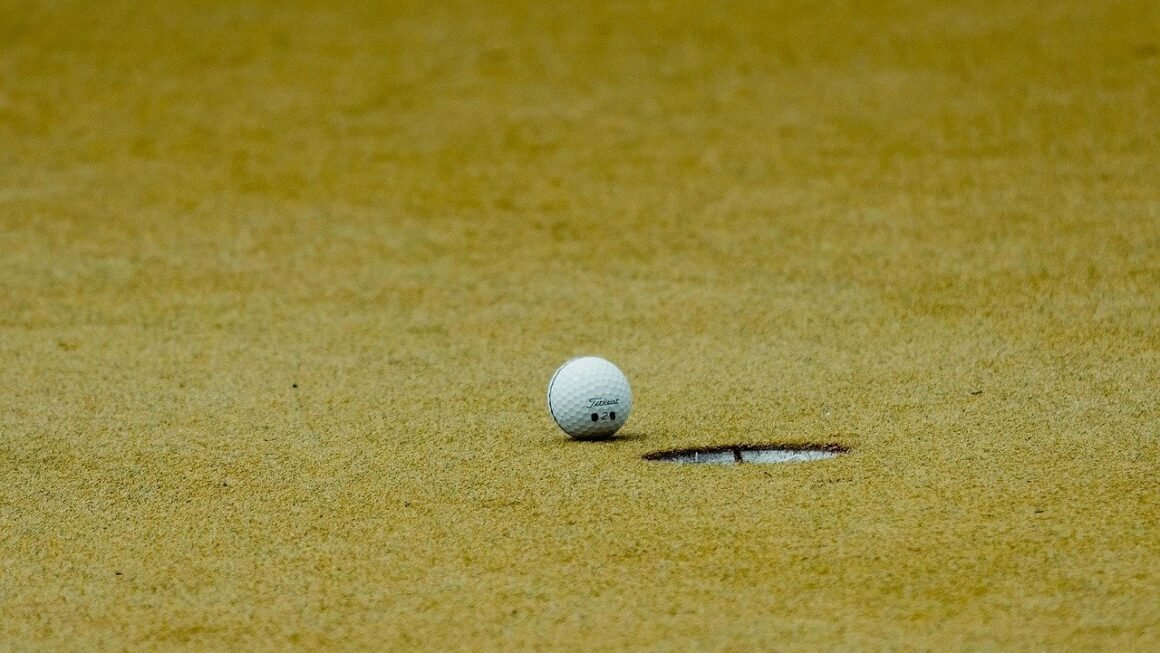Handball, a fast-paced, dynamic sport that combines elements of soccer, basketball, and hockey, is gaining popularity worldwide. This exciting team sport demands agility, strength, and strategic thinking. Whether you’re a seasoned athlete or just looking for a new way to get active, handball offers a challenging and rewarding experience. This guide will provide a comprehensive overview of handball, covering its basics, rules, techniques, and benefits.
Understanding the Fundamentals of Handball
The Basics of the Game
Handball is played on a rectangular court with a goal at each end. Two teams of seven players (six court players and one goalkeeper) compete to score by throwing the ball into the opposing team’s goal. Players can dribble the ball, but they are limited to three steps without dribbling. Physical contact is allowed within certain limits, making it a physically demanding sport.
- The objective is to score more goals than the opposing team.
- Games typically consist of two 30-minute halves with a 10-15 minute halftime break.
- Players can only hold the ball for three seconds.
Key Equipment and Court Dimensions
Having the right equipment is essential for playing handball safely and effectively. The court dimensions are also standardized to ensure fair play.
- Ball: Handballs come in different sizes based on age and gender. Smaller balls are used for younger players.
- Court: The handball court is 40 meters long and 20 meters wide. Key markings include the goal area line (6-meter line), free-throw line (9-meter line), and the penalty line (7-meter line).
- Goals: Handball goals are 2 meters high and 3 meters wide.
- Shoes: Indoor court shoes with good grip and ankle support are recommended to prevent injuries.
Rules and Regulations in Handball
Fundamental Rules of Play
Understanding the rules is crucial for participating in handball. The rules govern player movement, ball handling, and permissible contact.
- Traveling: Players cannot take more than three steps without dribbling the ball.
- Double Dribble: Once a player stops dribbling, they cannot start dribbling again.
- Offensive Foul: Players cannot charge into or endanger defending players.
- Defensive Fouls: Defenders cannot impede attackers illegally. Penalties are awarded for serious fouls.
- Goalkeeper Privileges: The goalkeeper has special privileges within the goal area, such as being allowed to touch the ball with any part of their body.
Common Fouls and Penalties
Fouls and penalties are part of any sport, and handball is no exception. Understanding the different types of penalties can help you strategize your game.
- Free Throw: Awarded for minor fouls. The free throw is taken from the spot where the foul occurred.
- 7-Meter Throw (Penalty): Awarded when a clear scoring opportunity is illegally prevented. It’s a one-on-one shot between the attacker and the goalkeeper.
- Yellow Card: A warning given to a player for unsportsmanlike conduct or a foul.
- Suspension (2 Minutes): A player is temporarily removed from the game for more serious fouls or repeated offenses.
- Disqualification (Red Card): A player is permanently removed from the game for severe fouls or repeated offenses.
Practical Example: Applying the Rules
Imagine a scenario where an attacker is about to shoot, but a defender illegally grabs their arm. The referee would likely award a 7-meter throw (penalty) to the attacking team. Another example: If a player takes four steps without dribbling, they’ve committed a traveling violation, and the opposing team gets possession of the ball.
Essential Techniques and Skills
Throwing Techniques
Mastering various throwing techniques is crucial for scoring goals and effectively passing the ball.
- Overhand Throw: The most common throwing technique, used for power and accuracy.
- Jump Shot: A powerful shot taken while jumping, allowing the shooter to gain height and angle.
- Hip Throw: A throw made from the hip, often used for close-range shots.
- Underhand Throw: Used for quick passes and trick shots.
- Wrist Shot: A shot using primarily wrist action for quick releases, useful when closely guarded.
Dribbling and Passing
Efficient dribbling and passing are essential for maintaining possession and advancing the ball down the court.
- Dribbling: Keep the ball low and use your fingertips for control. Practice dribbling with both hands.
- Passing: Focus on accuracy and timing. Use different types of passes (chest pass, bounce pass, overhead pass) depending on the situation.
- Catching: Keep your eyes on the ball and use your hands to cushion the impact.
Defensive Strategies
A strong defense is vital for preventing the opposing team from scoring.
- Individual Defense: Focus on staying between your opponent and the goal. Anticipate their movements and intercept passes.
- Zone Defense: Assign specific areas of the court to each defender. This can be effective for containing strong offensive players.
- Pressing: Apply pressure on the opposing team to force turnovers.
- Blocking: Actively try to block shots with arms and body.
The Physical and Mental Benefits of Playing Handball
Physical Fitness Improvements
Handball is an excellent way to improve your overall fitness.
- Cardiovascular Health: Running, jumping, and quick movements improve cardiovascular endurance.
- Strength and Power: Throwing, blocking, and physical contact build strength and power.
- Agility and Coordination: Dribbling, passing, and defensive maneuvers enhance agility and coordination.
- Endurance: Game play requires sustained effort, boosting overall endurance.
Mental and Social Benefits
Beyond physical fitness, handball offers significant mental and social advantages.
- Strategic Thinking: Developing game plans and adapting to opponents enhances strategic thinking.
- Teamwork: Coordinating with teammates to achieve common goals fosters teamwork and communication skills.
- Discipline: Learning and following rules promotes discipline.
- Stress Relief: Physical activity reduces stress and improves mood.
- Social Interaction: Joining a handball team or club provides opportunities to socialize and build friendships.
Practical Tips for Improvement
- Practice Regularly: Consistent practice is key to improving your skills.
- Focus on Fundamentals: Master the basic techniques before moving on to more advanced skills.
- Watch Professionals: Observing professional handball players can provide valuable insights into strategies and techniques.
- Join a Team or Club: Playing with others provides opportunities for competition and feedback.
- Stay Hydrated and Eat Healthy: Proper nutrition and hydration are essential for optimal performance.
Getting Started with Handball
Finding a Local Team or Club
Joining a local team or club is the best way to learn the game and meet other players.
- Online Search: Use search engines to find handball teams or clubs in your area.
- Community Centers: Check with local community centers for handball programs.
- University or College Clubs: Many universities and colleges have handball clubs.
- National Handball Federations: Most countries have national handball federations that can provide information on local teams and clubs.
Essential Gear for Beginners
You don’t need a lot of equipment to get started, but these essentials will help you play safely and comfortably.
- Indoor Court Shoes: Provide good grip and ankle support.
- Athletic Clothing: Comfortable clothing that allows for free movement.
- Water Bottle: Stay hydrated during practice and games.
- Handball (Optional): Some clubs provide balls, but it’s helpful to have your own for practicing.
Understanding Basic Drills
Start with these basic drills to develop your skills.
- Passing Drills: Practice chest passes, bounce passes, and overhead passes with a partner.
- Dribbling Drills: Dribble around cones or other obstacles to improve your ball control.
- Shooting Drills: Practice shooting from different angles and distances.
- Defensive Drills: Practice staying between your opponent and the goal.
Conclusion
Handball offers a unique combination of physical and mental challenges, making it an engaging and rewarding sport for people of all ages and skill levels. Whether you’re drawn to the fast-paced action, the strategic gameplay, or the camaraderie of team sports, handball has something to offer. By understanding the fundamentals, mastering essential techniques, and committing to regular practice, you can unlock the many benefits of this exciting sport. So, grab a ball, find a team, and get ready to experience the thrill of handball!



